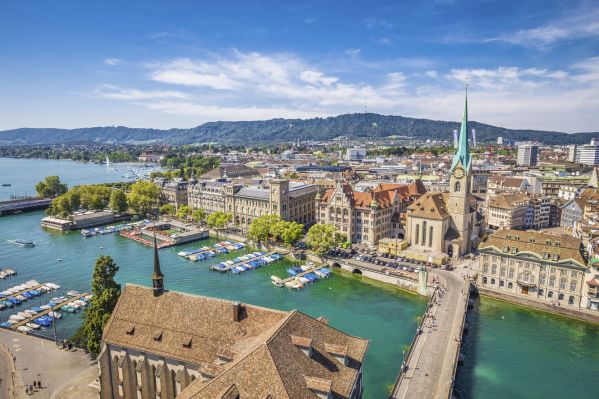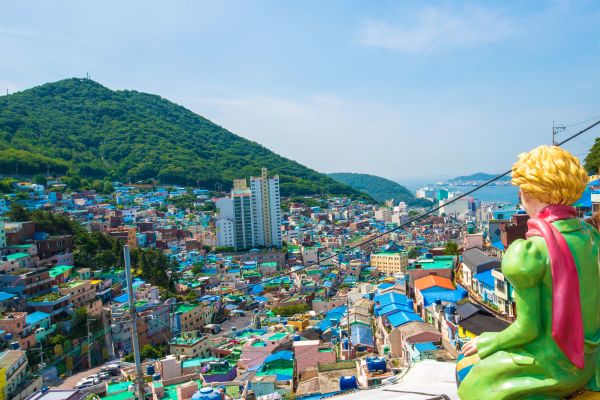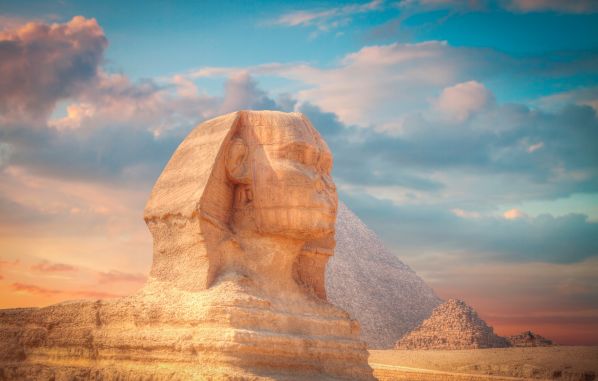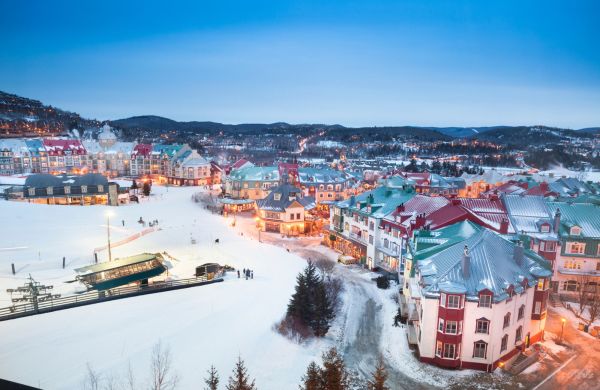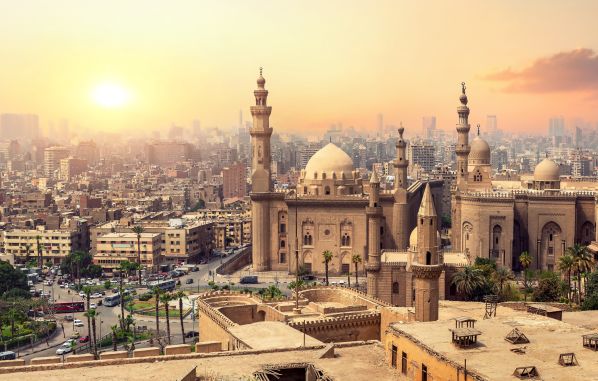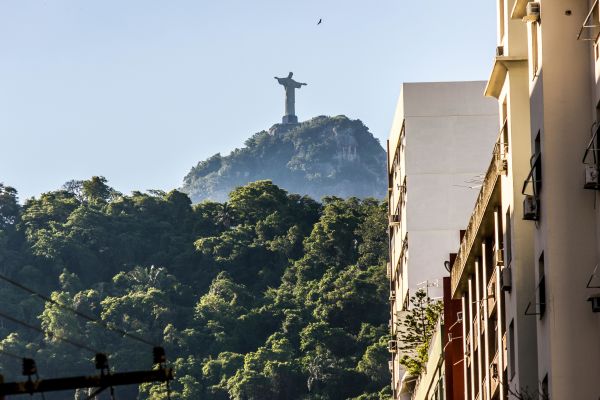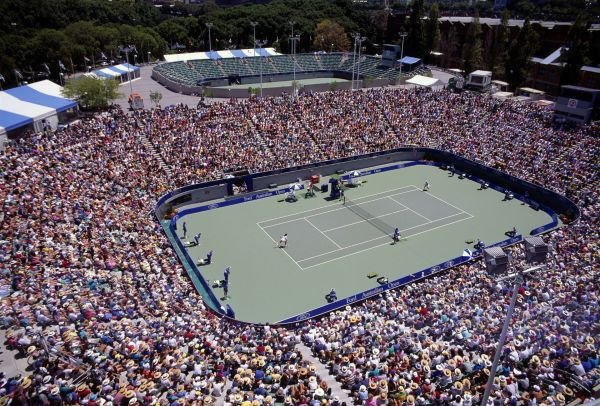A complete guide to Rome, the Eternal City

Rome, the Eternal City . A title that is no coincidence. Time seems to have stood still in the Italian capital and, at the same time, marched relentlessly forward. A name that stems from its unique ability to blend past and present in a harmonious symphony of history and modernity .
Walking through the streets of Rome is like leafing through a living history book: from the majestic ruins of the Colosseum to the vibrant contemporary piazzas , every corner tells stories of empires, art, and culture. Rome offers travelers a timeless experience that captures the very essence of Italian hospitality and its rich heritage. This guide will make the Eternal City your next destination .
Why choose Rome as a destination?
Choosing Rome as your destination means opting for a unique experience that combines millennia of history, breathtaking art, and a rich culture. In the Eternal City, you can explore iconic monuments such as the Colosseum, the Roman Forum, and the Pantheon , as well as Renaissance and Baroque marvels like the Sistine Chapel and Bernini's fountains .

Rome, which welcomes 40 million travelers each year through its two international airports , is also a gastronomic paradise , where you can savor traditional dishes like pasta carbonara and gelato , and enjoy the vibrant life of its piazzas and cobbled streets. Vatican City, with St. Peter's Basilica and the Vatican Museums , adds an unparalleled spiritual and artistic element.
Furthermore, Rome enjoys a pleasant Mediterranean climate, with mild winters and warm summers, making it attractive year-round. Its hospitality and safety, along with the possibility of taking day trips to other Italian cities like Florence and Naples , make Rome a well-rounded destination.
Transportation in Rome: Many ways to get around
The Rome metro is an affordable way to get around the city. With three lines and 60 kilometers of track , it's one of the smallest metro systems in Europe. Interestingly, its expansion has been slow due to the discovery of archaeological remains during excavations .

Here are the key stops for each line , except for line C (which has little tourist relevance):
Line A (Orange) : From Battistini to Anagnina.
- Cipro – Musei Vaticani : Near the Vatican Museums and the Sistine Chapel.
- Ottaviano – San Pietro : Proximity to St. Peter's Square and Basilica.
- Spagna : Ideal for visiting the Spanish Steps and the Villa Borghese.
- Barberini – Fontana di Trevi : Near the Trevi Fountain, Piazza Navona and the Pantheon.
- Termini : Line combination and arrival of the Leonardo Express from Fiumicino.
Line B (Blue) : From Rebibbia to Laurentina.
- Termini : Combination of lines.
- Colosseum : Near the Colosseum and the Roman Forum.
- Pyramid : Connection with the FR1 regional train from Fiumicino.

Tickets and cards can be purchased at metro stations and kiosks. They also provide access to Rome's suburban trains , which complement the metro network.
Another recommended option is buses . With over 350 lines, they are essential for reaching certain destinations inaccessible by metro. The network includes 338 daytime lines, 22 nighttime lines, and 8,260 stops.
The trams , though less useful due to their limited coverage, offer clean and picturesque transport. Line 8 connects Trastevere with Largo di Torre Argentina .
Finally, taxis are a quick and convenient option in Rome , although prices are higher. It's also common to hear that some taxi drivers try to overcharge, so it's advisable to be aware of the fares.
The allure of the Vatican
When traveling to Rome, it's impossible to miss the spiritual heart of Catholicism: the Vatican. This small city-state is a must-see destination for any traveler, with numerous enchanting sights.
- St. Peter's Square : This is the gateway to the Vatican. Designed by Gian Lorenzo Bernini in the 17th century, this splendid square is a breathtaking prelude to what lies ahead. Surrounded by an elliptical colonnade of 284 columns, the square seems to embrace visitors. In the center stands a 25-meter-high Egyptian obelisk and two fountains that create an atmosphere of serenity.
- St. Peter's Basilica : It is one of the grandest and most revered churches in the world. Its dome, designed by Michelangelo, dominates the Roman skyline and is visible from many points in the city. Upon entering the basilica, one is awestruck by its immense central nave, the elaborate marble and gold decorations, and the masterpieces of Renaissance art.

- The Sistine Chapel : It is one of the most prized jewels of the Vatican and the art world. Famous for the works of Michelangelo, this chapel is a sacred space that leaves visitors breathless. The ceiling of the Sistine Chapel, painted between 1508 and 1512, narrates stories from Genesis with a detail and mastery that continue to amaze five centuries later.

- Vatican Museums : An unparalleled collection of art and artifacts spanning centuries of history. Founded by Pope Julius II in the 16th century, these museums house one of the world's most valuable art collections, including the Raphael Rooms, the Gallery of Maps, and the Tapestry Room.

Rome Essentials
The Roman Colosseum is undoubtedly Rome's most iconic symbol. This monumental structure, once the epicenter of entertainment in ancient Rome, continues to amaze visitors with its imposing presence and fascinating history.
Built in 80 AD, it hosted gladiatorial contests, mock naval battles, and theatrical performances that could be enjoyed by more than 50,000 spectators. Looking into the arena, it's impossible not to imagine the roar of the crowd and the drama of the combats.
Just steps from the Colosseum lies the Roman Forum , the political and commercial heart of ancient Rome. This complex of ruins offers a fascinating glimpse into daily life in one of history's most influential civilizations, where temples, triumphal arches, and administrative buildings come alive before your eyes.

The Trevi Fountain, meanwhile, is the most famous fountain in the world. This Baroque monument, designed by Nicola Salvi, is known both for its breathtaking beauty and for the tradition of tossing a coin into it to ensure a safe return to Rome. The fountain depicts Neptune, the god of the sea.

Other worthwhile sites include Piazza Navona , built on the site of the ancient Stadium of Domitian and surrounded by Baroque palaces, restaurants, cafes, and three majestic fountains; the Spanish Steps , with their elegant 135-step staircase; the Pantheon of Agrippa , a masterpiece of Roman engineering; and the Catacombs , for those seeking a more mysterious experience.
Rome is eternal because the immortal heart of civilization beats within its stones, reminding us that, in this corner of the world, the past and the present are inseparable. Are you ready to explore it?
You might also be interested in: Expan Experience: Road trip through Northeast Brazil


